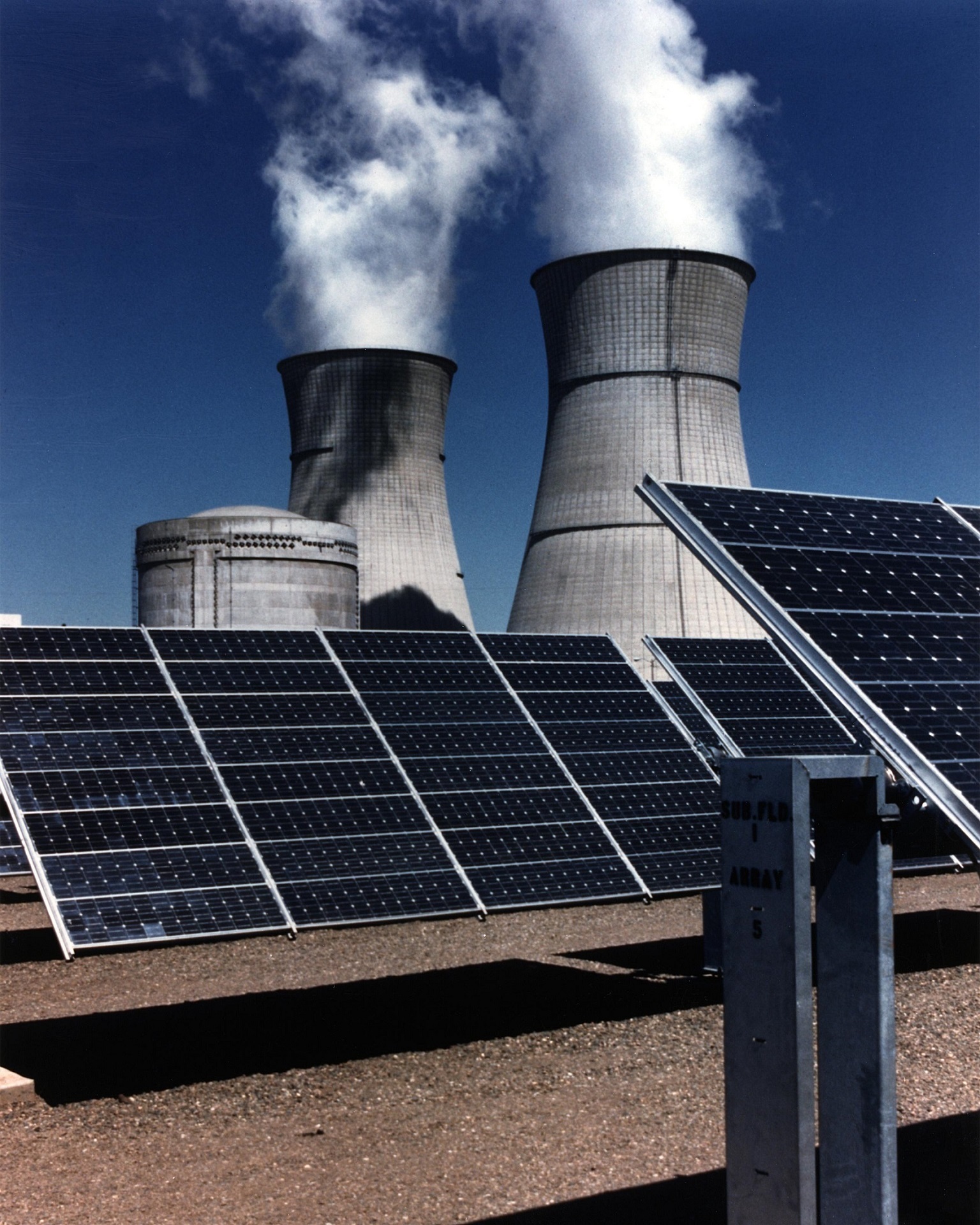New York’s Clean Energy Standard – issued last August – set an interesting precedent: the state would move to 50% renewable energy by 2030. But, as part of that package, New York would also support its struggling nuclear facilities with zero emission credits (ZECs). It is important to note that the nuclear does not count toward the 50% renewables goal.
A few months later, and after years of negotiations, Illinois passed legislation to fix its broken renewable portfolio standard. The Future Energy Jobs Act – signed in December 2016 – will incentivize an approximate 2,700 megawatts of new solar build by 2030 and create solar programs for all market segments: residential, commercial, community solar, and utility-scale. The Future Energy Jobs bill also directs the state to create a landmark low-income solar program. Complex negotiations happened in record time among environmental justice advocates, the renewable energy industry, utilities, and other actors largely because the utilities needed the ZEC provisions within the law to ensure the livelihood of their nuclear facilities.
As owners of aging nuclear facilities continue to question the plants’ financial viability, we’ve seen other states already try to take one out of the New York and Illinois playbooks. Recently, officials from New Jersey’s PSEG made a statement that their facilities, too, could face an uncertain future if natural gas prices continue to push down the cost of electricity. As a result, PSEG is asking regulators to also consider ZECs – though they admit that their plants are still cash flow positive today. Could this impact future RPS discussions? Perhaps it could, especially if the renewable energy looks to pursue a longer term, more ambitious RPS increase after a change in administration. Gubernatorial elections in New Jersey will take place this year, which could open the door to new discussions about the future of renewable energy in the Garden State. Will New Jersey shoot as high as neighboring New York’s 50% clean energy target?
Similarly, Ohio’s FirstEnergy recently requested a “zero emissions nuclear” program to support its Davis-Besse and Perry nuclear generating plants. The likelihood that this would accompany an RPS increase is slim given the make-up of the state legislature – where RPS repeal legislation is being discussed yet again, even after the recent veto of similar legislation by Governor Kasich. Still, the Public Utilities Commission Ohio (PUCO) has been no stranger to the concept of subsidies for existing power generation facilities in the state, if the utilities will also move forward on renewable energy. In fact, a settlement agreement that will include 900MW of wind and solar energy was approved by regulators last year.
Even Connecticut has begun very preliminary discussions on compensation for “zero-carbon” electric generating facilities. Though to date, legislation has not gained much traction.
Certainly, nuclear is a low-carbon resource, and many analysts (you may have heard Jesse Jenkins on The Energy Gang) have argued that the livelihood of our nuclear facilities will need to be preserved if we are going to make a dent in our climate goals. Still, given the perceived risks and public perception of nuclear energy, these provisions are not without controversy, even if nuclear subsidies are included as an addendum to a broader renewable energy package, like we have seen in Illinois and New York.
Will this trend continue? Currently, the nuclear provisions included in both the New York Clean Energy Standard and Illinois Future Energy Jobs Bill are facing legal challenges. The result of these legal challenges will set a precedent for future ZEC programs, organized wholesale power markets, and the future of the U.S. nuclear energy industry. Stay tuned.
This is an excerpt from the March 2017 edition of The SOL SOURCE, a monthly electronic newsletter analyzing the latest trends in renewable energy based on our unique position in the solar financing space. To view the full Journal, please subscribe or e-mail pr@solsystems.com.
ABOUT SOL SYSTEMS
Sol Systems, a national solar finance and development firm, delivers sophisticated, customized services for institutional, corporate, and municipal customers. Sol is employee-owned, and has been profitable since inception in 2008. Sol is backed by Sempra Energy, a $25+ billion energy company.
Over the last eight years, Sol Systems has delivered more than 500MW of solar projects for Fortune 100 companies, municipalities, universities, churches, and small businesses. Sol now manages over $650 million in solar energy assets for utilities, banks, and Fortune 500 companies.
Inc. 5000 recognized Sol Systems in its annual list of the nation’s fastest-growing private companies for four consecutive years. For more information, please visit www.solsystems.com.



